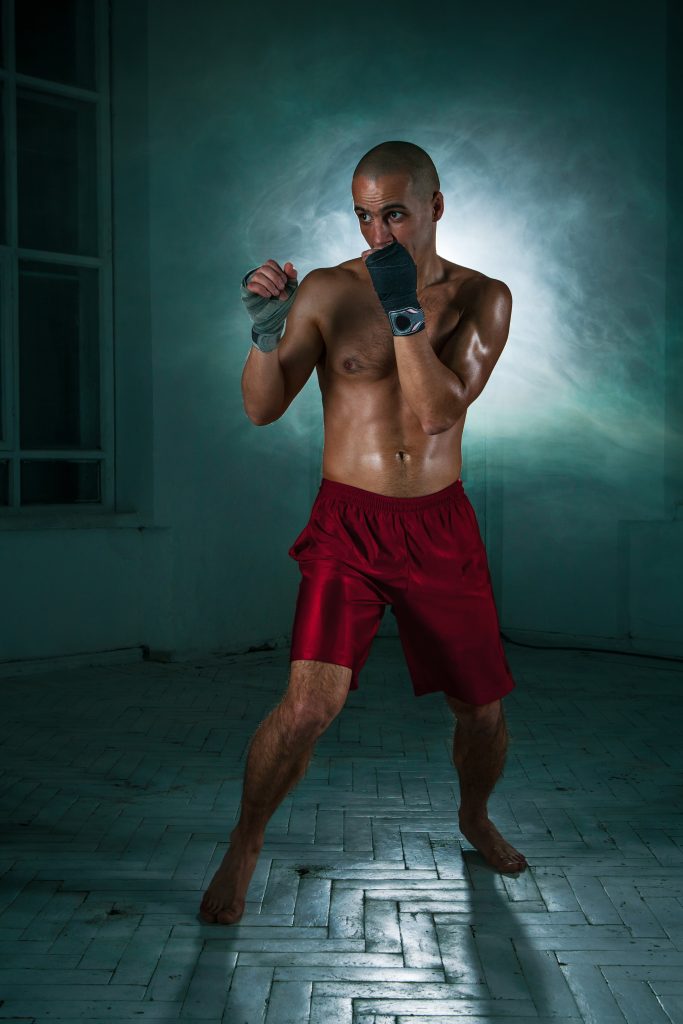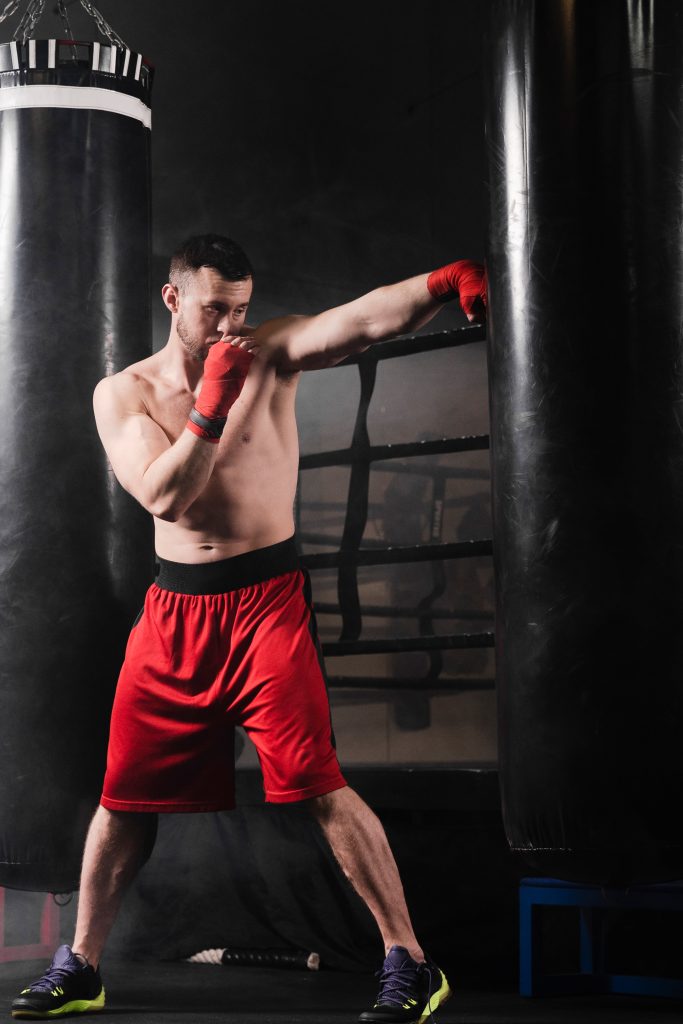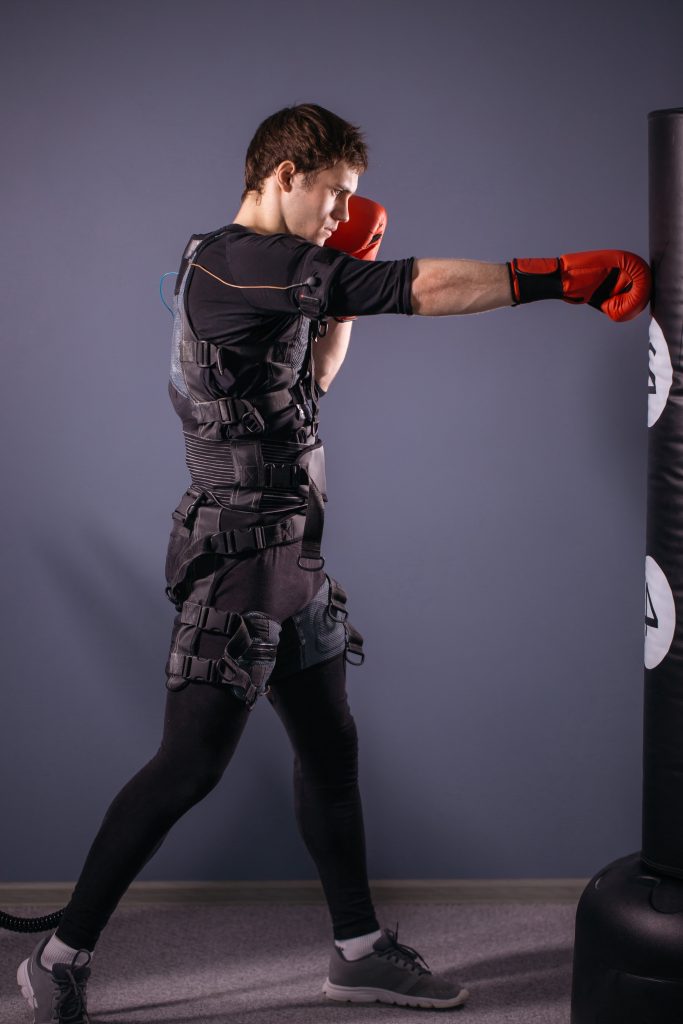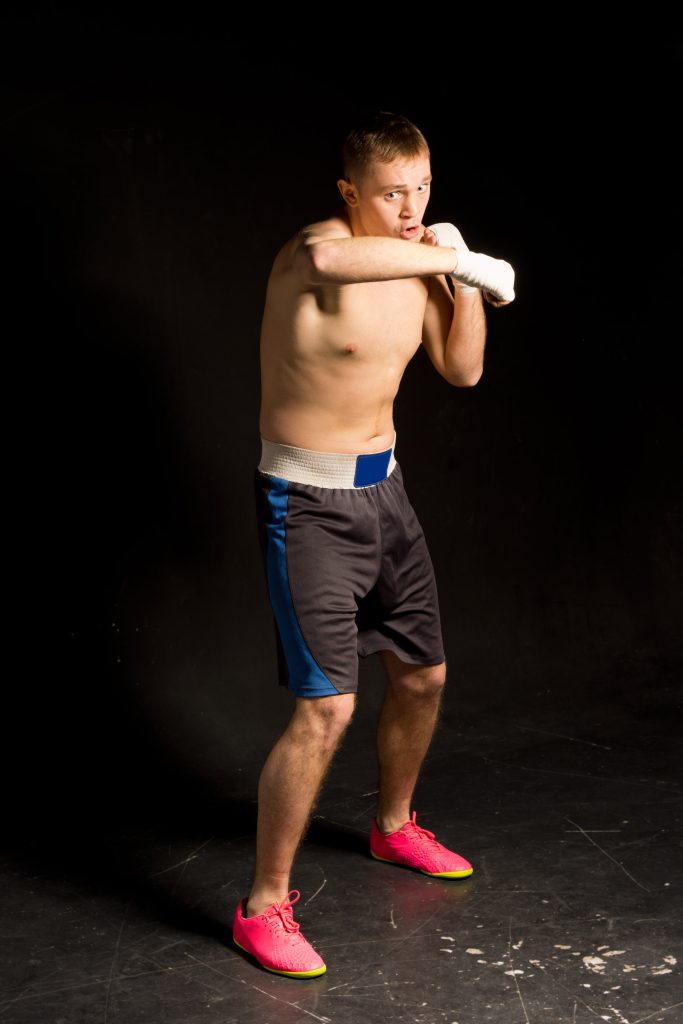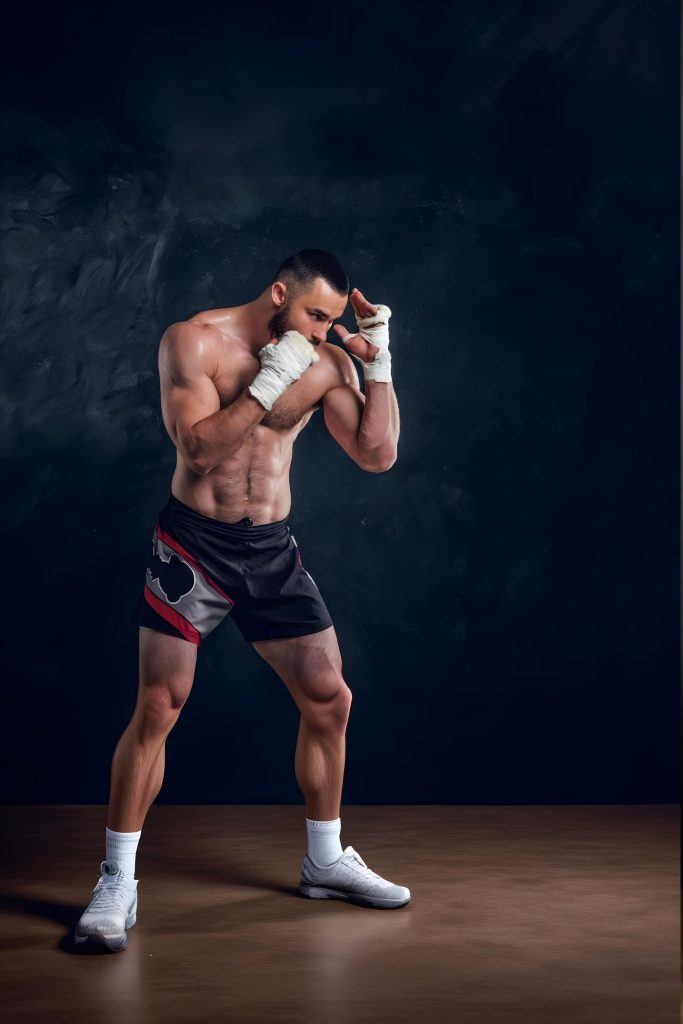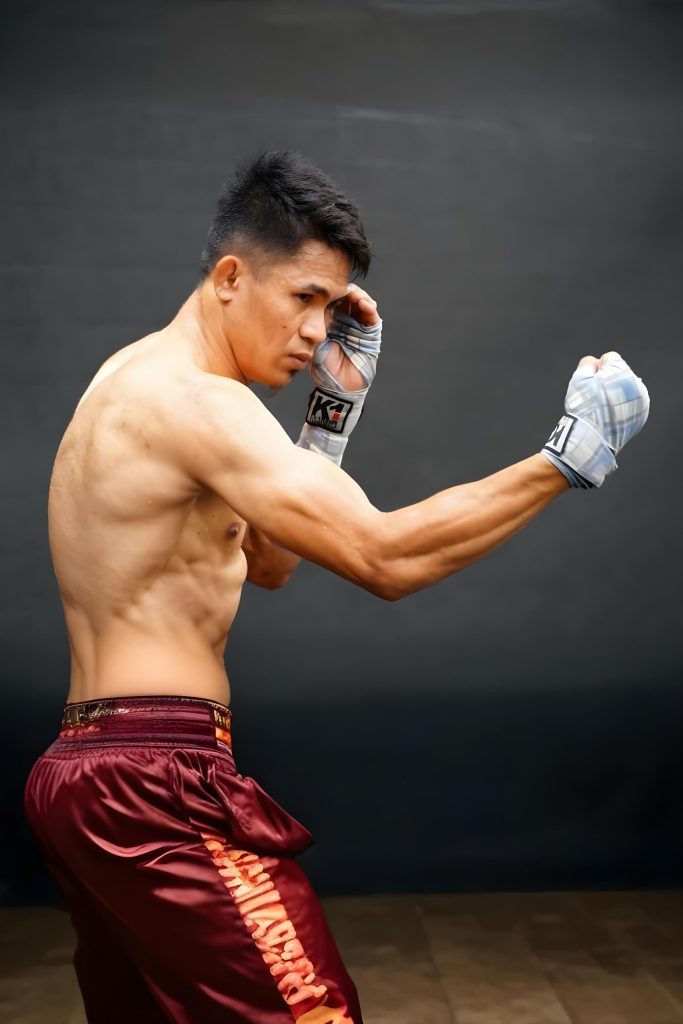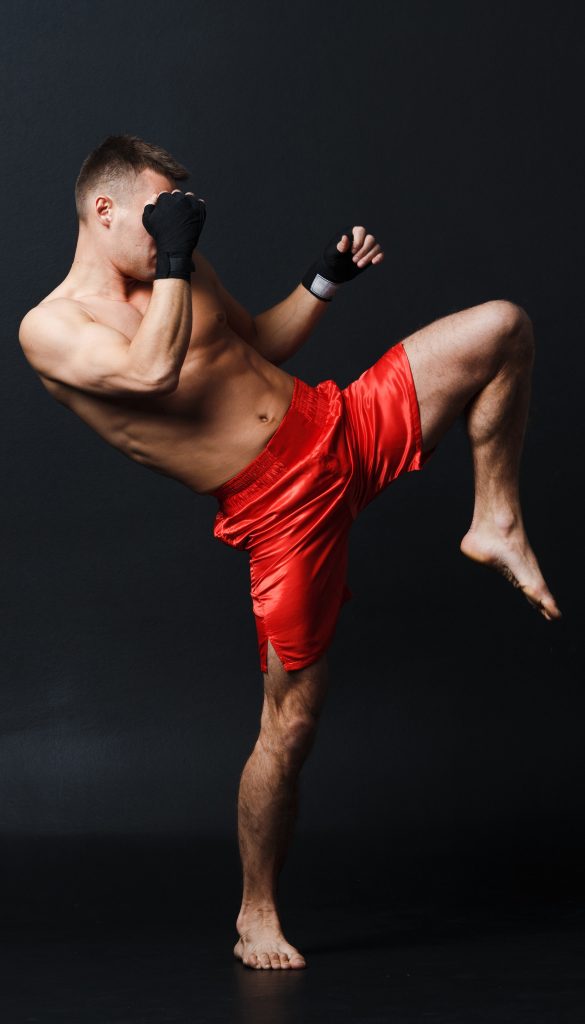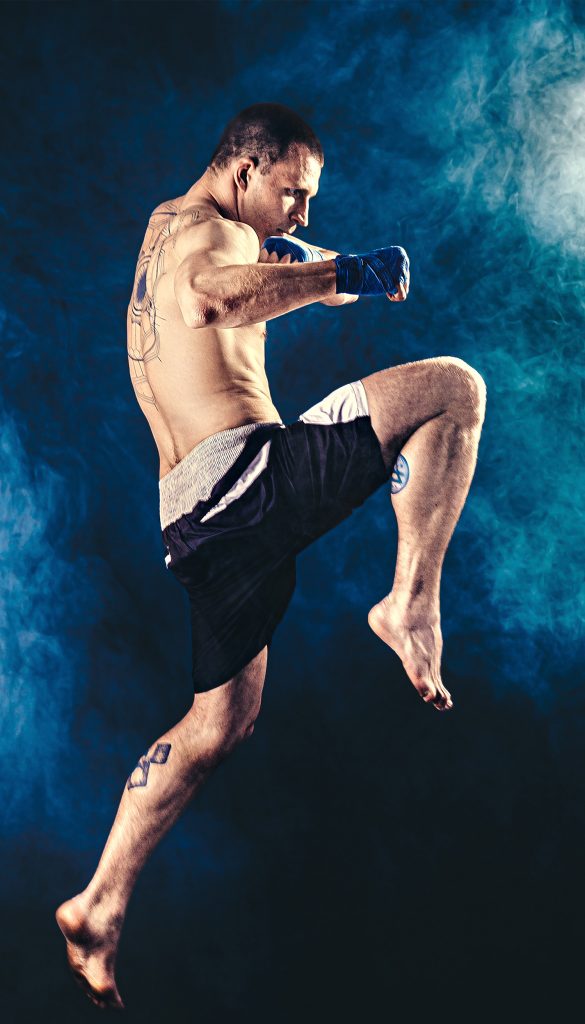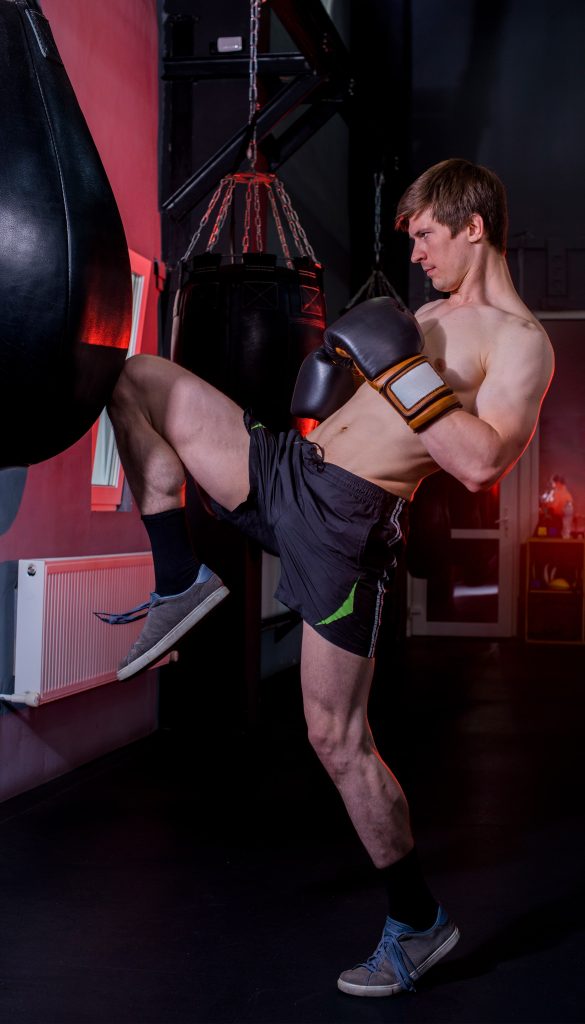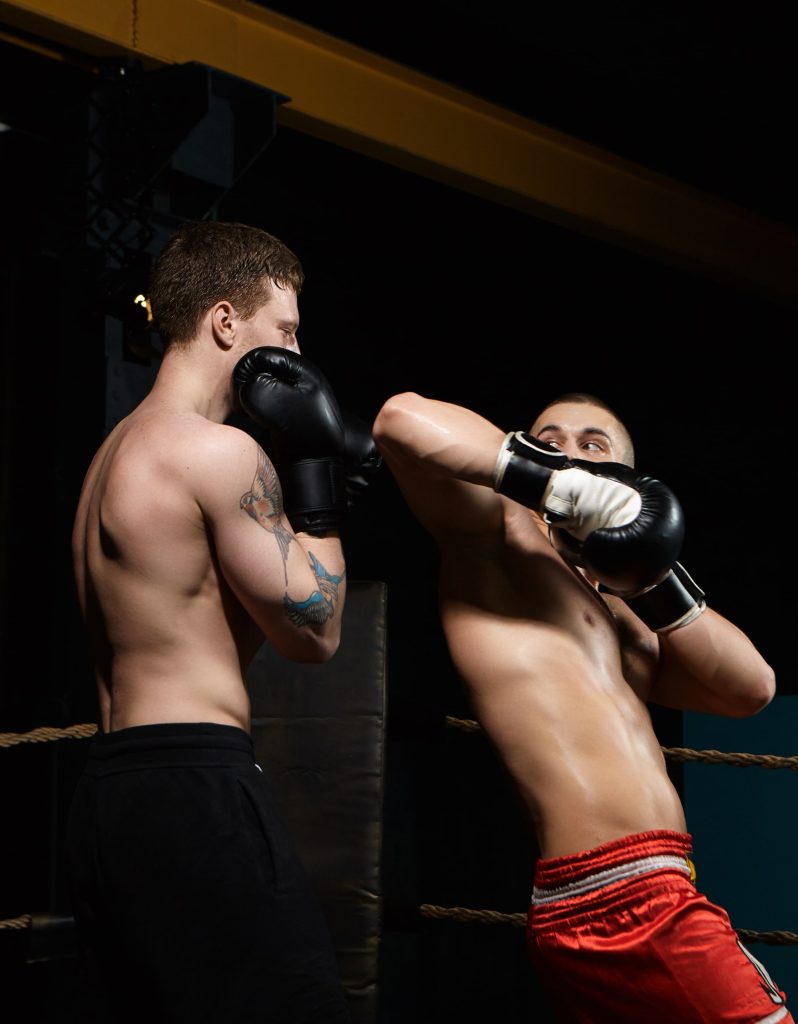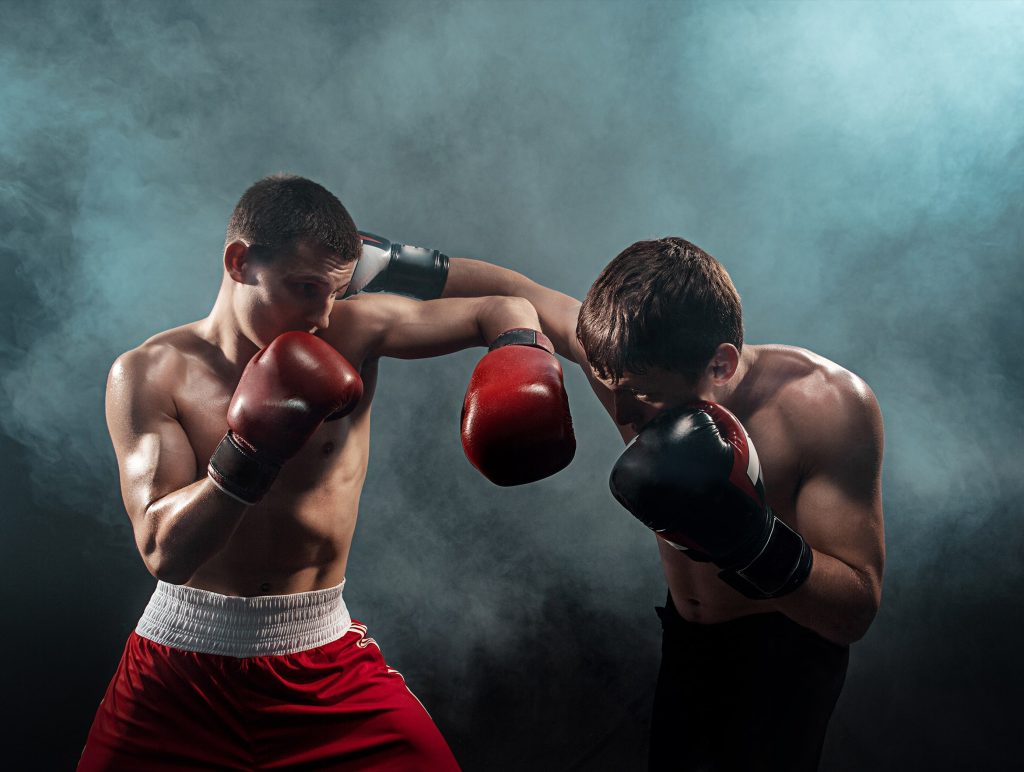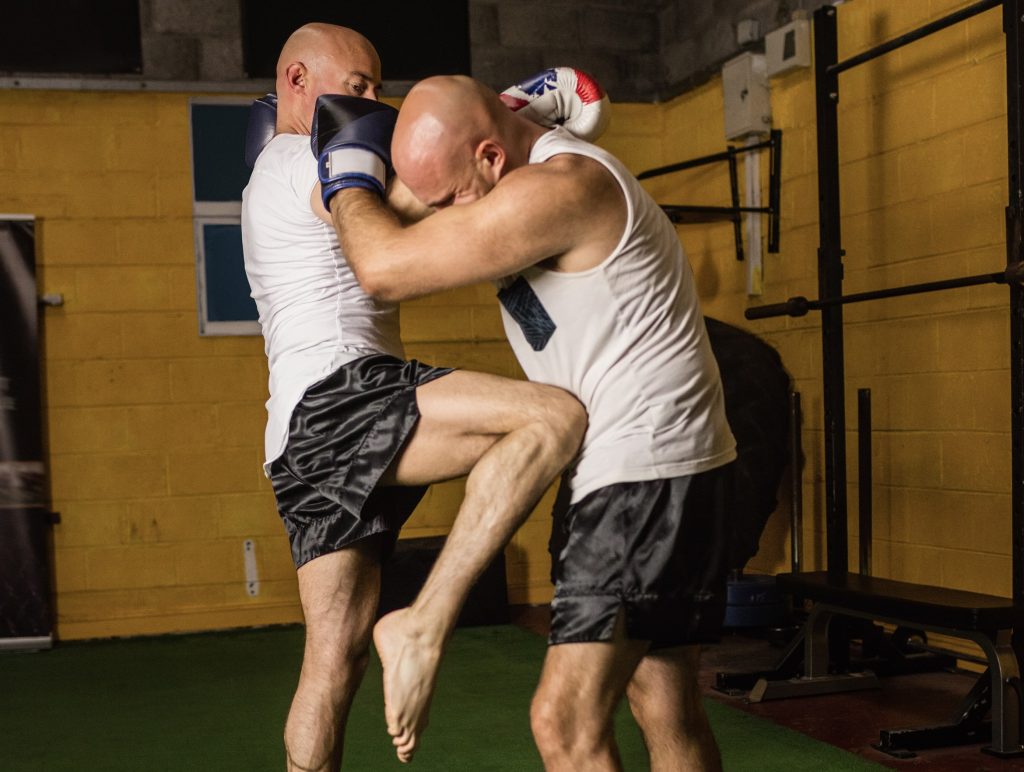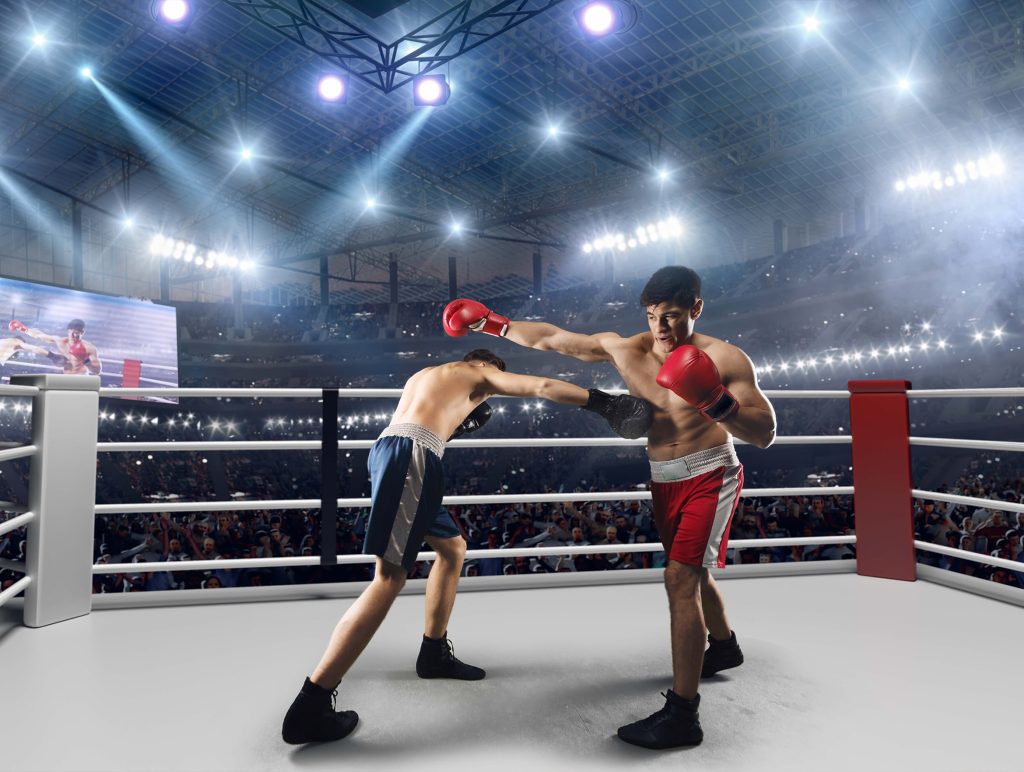How to Learn Muay Thai – A Beginner Guide to Train Fast
Muay Thai, known as the Art of Eight Limbs, is a dynamic martial art from Thailand. It combines punches, kicks, elbows, and knee strikes to create a powerful and effective form of self-defense and fitness. Learning Muay Thai involves mastering these basic techniques and understanding the sport’s cultural significance.
Whether you are learning muay thai as a beginner aiming to compete or as a defensive exercise, it is essential to have knowledge of proper stance, fundamental strikes and how to throw punches effectively.
What Do You Need to Start Training Muay Thai?
This striking martial art incorporates punches, kicks, and various elbows and knee strikes that make it a comprehensive combat sport. Learning Muay Thai requires dedication and a structured approach to training. The basics are crucial for progression in this martial art, whether for beginners at home or starting coaching.
Proper Stance Enables Quick Transitions for Beginners
A solid stance is foundational to any combat sport, and so it is in Muay Thai. It not only enhances balance and power but also facilitates effective defense and quick transitions between actions. To learn Muay Thai Boxing stance as a beginner:
- Stand with your feet shoulder-width apart.
- Position your lead foot (left foot for orthodox fighters, right foot for southpaws) slightly forward and angled outward. This alignment promotes stability while allowing for agility.
- Weight should be evenly distributed between the front and rear foot, enabling swift transitions between attacks and defenses.
- Hands should be positioned at cheek level, palms facing inwards, with elbows close to the body to protect the ribs.
Good Footwork Offers Stability to Execute Strikes
Muay Thai footwork is essential to learn the combat fast as it directly influences a fighter’s ability to control distance, evade attacks, and execute strikes. Learning the basic foot patterns increase fighter’s mobility and allows them to stay out of range while setting up powerful strikes
Key Footwork Techniques For Starters:
- Step and Slide: A fundamental movement where the lead foot steps forward or backward while the rear foot follows. It helps in adjusting the distance and creates angles for strikes.
- Lateral Movement: Sideways movements to create openings and circle opponents strategically.
- Pivoting: Rotation on the balls of feet to change angles of attack, setting up kicks and striking opportunities.
- Angle Stepping: Taking diagonal steps to create lateral movements while angling at 45 degrees towards or away from the opponent.
- Switching Stance: Change the lead and rear foot positions to confuse opponents and open up different offensive options.
- Shuffling: Small, quick steps to the side while keeping a low center of gravity.
- Crab Walking: Moving sideways with a wider stance and low hips.
Incorporate practical drills that mimic the dynamic nature of Muay Thai into your workout to develop fluid movement patterns. Engage in rhythm drills by lightly bouncing on your feet while counting beats or use a marked square area to practice forward, backward, left and right with maintained balance.
Focus Punch Techniques for Effective Combinations
While Muay Thai emphasizes strikes from all eight limbs, mastering punches through consistent practice is necessary to integrate them into combinations with kicks and elbows. It enhances the practitioner’s effectiveness in both training and competition settings.
Jab
It is typically the first punch learned by a fighter. It serves multiple purposes, such as gauging distance and creating space alongside combinations.
- Rotate your lead shoulder forward
- Extend your lead fist straight out
- Quickly snap it back to guard
- Use your hips for added power
Cross
Delivered from the rear hand, the cross is a powerful punch that can disrupt an opponent’s momentum. It is often used with a jab for effective striking.
- Pivot on your back foot while rotating your hips
- Shoulders should be towards the target
- Extend the rear fist and snap it back quickly
Hook
A dynamic punch aimed at the head or body and executed with a side-swinging motion. It has variations like left hook (lead), right hook (rear), and body hooks.
- Shift weight to your opposite foot
- Pivot on the foot of the punching arm
- Keep your elbow bent
- Aim for your target with a horizontal fist.
Overhand punch
It is a looping punch that comes down from above, often used to bypass an opponent’s guard.
- Start with a high position
- Swing downwards while pivoting on your back foot for power
Uppercut
A powerful strike aimed at the chin or jaw when in close-range combat. It is best used when an opponent is leaning forward or during exchanges.
- Bend your knees slightly
- Rotate your hips while driving your fist upward
- Keep your other hand up to protect your face
Practice these basic punches with custom Muay Thai gloves in front of the mirror to refine your technique, or use heavy bags to build power and accuracy in your throws.
Practice Sparring with the Opponent Improves Skills
After learning essential footwork, punches, and strikes, practice fighting with a real person as an opponent to boost your confidence and master the skills. Sparring allows you to apply techniques learned in training in a live setting. This real-time application helps refine the fundamentals of Thai boxing and provides insight into what works well against a fellow fighter in the actual competition.
- Engaging in sparring develops the ability to think strategically in the ring. Practitioners learn to read their opponents’ moves, adapt themselves on the fly, and make quick decisions.
- Sparring stimulates the conditions of an actual fight, helping students prepare for competition by familiarizing them with the intensity and pacing they will encounter.
- Successfully training in sparring sessions while wearing protective Muay Thai gear fosters self-assurance that translates into better performance during matches. It helps improve a fighter’s sense of timing and distance, which is crucial for landing strikes and avoiding incoming attacks.
Basic Muay Thai Strikes to Develop Well-rounded Skill Set
For starters, Mastering the foundational Muay Thai strikes like knees, elbows, and kicks is vital for building a strong command and effectively engaging in this combat sport. They serve as building blocks for more advanced techniques and unexpected combinations.
Knee Strikes
- Straight (Khao Trong): A direct knee strike at the opponent’s midsection or face. Executed by raising the knee while stepping in and thrusting the foot forward with more significant force to deliver damage.
- Diagonal: Delivered at an angle often aimed at ribs or thighs. It effectively targets vulnerable areas and can disrupt an opponent’s balance.
- Curving: Arcs towards the target. Bring the knee up and curve it to the side before making contact to strike at the head or neck, especially in close-range situations.
- Small: Tapping knees to sap strength from the opponent. It is a short and quick knee strike to attack the thighs or mid area.
- Flying: An explosive aerial knee strike. Jump off one foot while driving the other knee upward toward your opponent’s head or upper body. This technique requires timing and distance management but can be proved by knockout strikes if executed correctly.
[straight knee]
[flying knee]
Kicks
- Teep or Push: A straight foot thrust used primarily for distance control and disruption in the fellow fighter’s rhythm. The kick is aimed at the solar plexus, hips or even the face.
- Roundhouse: Most iconic and versatile kicks in Muay Thai, targeting almost any part of the opponent’s body. Rotate on your front foot and use your hips to swing your back leg around, striking with the shin.
Its variations include
- Low– aimed at the inner or outer thighs to damage the leg mobility of the opposite fighter.
- Mid–targets the torso or ribs to weaken the opponent’s defense and set up further strikes.
- High– attack at the head or neck; if performed well, can lead to a knockout.
- Jumping: To add power and surprise, jump off one leg while kicking with the other to target high, such as the head.
- Diagonal: Used to attack the upper thighs or neck at 45-angle. Swing your leg upward while ensuring that your foot is twisted appropriately to kick.
- Switch: Transit your lead and rear legs before throwing a roundhouse kick from the new stance.
[roundhouse kicks]
Elbow Strikes
- Horizontal (Sok Tad/ Tat): Lift your elbow to a 90-degree angle and swing it horizontally, similar to a hook punch. Aim for vulnerable areas like the nose and temple.
- Rotating (Sok Tee): A circular strike that breaks through and opponent’s guard. Step forward while turning your foot and shoulder, delivering the elbow in a rotating motion.
- Uppercut (Sok Ngad): To target the chin or jaw, this strike is the same as the punch.
- Downward (Sok Sub): Like a chopping motion to attack the head. Bring your elbow down in a vertical plane to strike when you are in close range or during clinches.
- Diagonal elbow: Imagine drawing an “X” in front of you; this can catch the opponents off guard by coming from unexpected angles.
[uppercut elbow]
[horizontal elbow]
Clinch to Control the Opponent While Striking
The clinch involves two fighters engaging in close proximity, often wrapping their arms around each other’s necks or shoulders. Its main goal is to control the opponent’s movements while setting up offensive strikes. Learning clinch in Muay Thai allows fighters to dictate the pace of the fight and limit their opponent’s options. You can score points in competitions by making a combo of it with knees and elbow strikes.
Common Clinch Positions
- Double Collar Tie: Both hands grip the back of the opponent’s head. It allows for effective knee strikes while controlling their posture.
- Single Collar Tie: One hand controls the fighter’s head while the other arm immobilizes their movement. This can be used for both offensive and defensive maneuvers.
- Body Lock: Wrapping both arms around the competitor’s body can set up throws or control their movement while preparing for strikes.
These techniques differentiate Thai Boxing from the other striking arts, emphasizing the use of elbows, knees, and throws in standing positions. To enter the clinch effectively, fighters can use forward pressure while maintaining a tight guard to avoid circumstances. Also, Grappling in the clinch consumes significant energy and demands fighters develop upper-body strength and endurance.
[double collar tie]
Learning Defense Techniques to Protect Oneself in the Octagon
Strong defense creates openings for counterattacks, allowing fighters to capitalize on their opponents’ mistakes. Mastery of defensive techniques in Muay Thai helps minimize the damage taken during fights and improves the practitioner’s ability to .absorb strikes. Having the right protective equipment, like gloves and mouthguards, further ensures you can withstand strikes while preparing to counter with force.
Important Defensive Techniques
- Guard: A fundamental defensive posture where fighters keep their hands up to protect their head and face. It includes palms facing outward and elbows tucked in to shield the ribs.
- Shin Blocks: Used against low kicks by lifting the leg up to create a barrier.
- Bobbing and Weaving: Move your head in a non-predictable pattern to make it harder for opponents to land strikes while positioning yourself for counterattacks.
- Forearm Blocks: Keep your elbow close to the body and raise your arms against high kicks and punches.
[Bob and weave]
Wrapping up:
Learning Muay Thai for beginners fast requires patience and practice. Focus on understanding basic techniques like essential strikes, grappling or defense before advancing to more complex moves. Once you ensure your grip on fundamentals, engage in sparring and supplement your training with physical conditioning to enjoy the progress in this challenging martial art. Muay Thai gyms are equipped with gear from leading Muay Thai manufacturers like Infinitude Fight to ensure trainers can practice even the hardest of stances without any restriction.
FAQs
How long does it take to learn Muay Thai?
It can take anywhere between 3-5 years for you to learn the basics of Muay Thai. However, you can become a pro practitioner with continuous practice, and this can take even longer.
Is Muay Thai hard to learn?
Learning Muay Thai for beginners is challenging but not hard to learn if equipped with the correct safety gear and a good gym for lessons. It can become challenging at the expert level, though, due to the intricacies.
